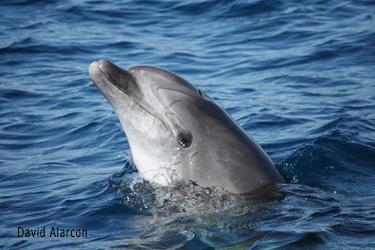This study shows that halogenated flame retardants, both banned PBDEs and their substitutes, are able to cross the blood–brain barrier of cetaceans and penetrating the brain. The study also examined the presence of halogenated natural products produced by algae and sponges. All of these compounds have been found in the brains of analyzed dolphins, confirming that they are able to cross the brain-blood barrier. How these compounds cross the blood-brain barrier? Do they have neurological effects? Can the same be happening to humans? According to the results of the work, concentrations are different for each of the compounds studied, depending on facility to penetrate the brain. The higher levels found are of new flame retardants, which would demonstrate that they have greater ability to cross the blood-brain membrane, followed by PBDEs and finally halogenated natural products produced by seaweeds and sponges. This implies the need for further studies to evaluate the possible neurological effects of these new flame retardants. It could be that the new retardants are even more harmful than banned PBDEs. informacion[at]ebd.csic.es: Baron et al (2015) Halogenated Natural Products in Dolphins: Brain–Blubber Distribution and Comparison with Halogenated Flame Retardants. Environ Sci Technol DOI: 10.1021/acs.est.5b02736
http://pubs.acs.org/doi/full/10.1021/acs.est.5b02736








 Open Call for Research Projects in ICTS-Doñana!
Open Call for Research Projects in ICTS-Doñana!


